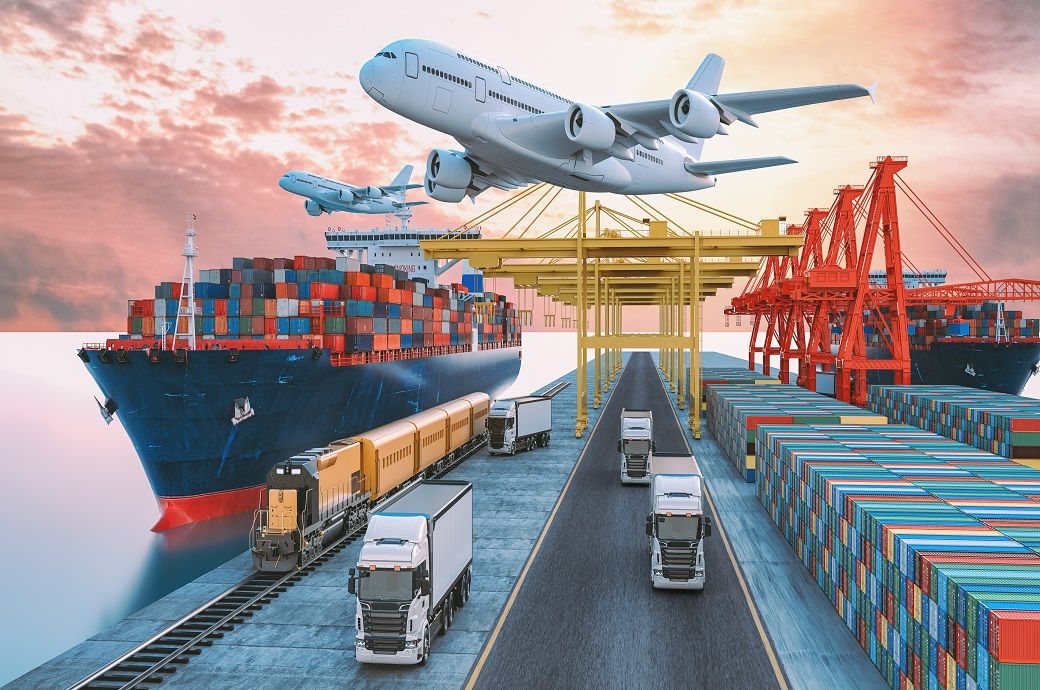
In just a decade, India has expanded its National Highways by 60 per cent, overtaken the United States to become the world’s second largest rail freight carrier and set sights on tripling air cargo capacity by 2030. Ports are on track to push India into the global top five shipping nations, the September 2025 logistics (transportation) update released by the company noted.
Highway construction has accelerated by 2.5 times, from 11.6 km/day in fiscal 2013-14 (FY14) to 29 km/day in FY25, with aspirations of 100 km/day.
The length of National High-Speed Corridors (HSC) has increased 26.6 times from 93 km in 2014 to 2,474 km at present
Rail has emerged as a new force in automotive transport: from a 1.5 per cent share a decade ago to nearly 25 per cent today, powered by 170 dedicated rakes and double-decker wagons.
India’s ports handled 1,594 million tonnes in FY25 (6 per cent compounded annual growth rate since FY22), while a $20 billion investment push is set to expand capacity six-fold by 2047.
E-commerce alone is projected to catapult air cargo from $5 billion to $200 billion by 2030, driving demand for freighters and faster handling.
The National Highways Authority of India (NHAI) is rolling out a ₹3.4 trillion pipeline of 124 projects spanning 6,376 km, backed by record-high capital expenditure of ₹2.5 trillion in FY25.
But growth is only one side of the story. The other is disruption. The 50-per cent US tariffs are reshaping trade flows, driving a 9-per cent surge in India’s containerised exports in the first half this year before duties kicked in.
Logistics costs have fallen from 16 per cent to nearly 10 per cent of gross domestic product (GDP), with the government pushing for single-digit costs by year-end, the report added.
ALCHEMPro News Desk (DS)
Receive daily prices and market insights straight to your inbox. Subscribe to AlchemPro Weekly!